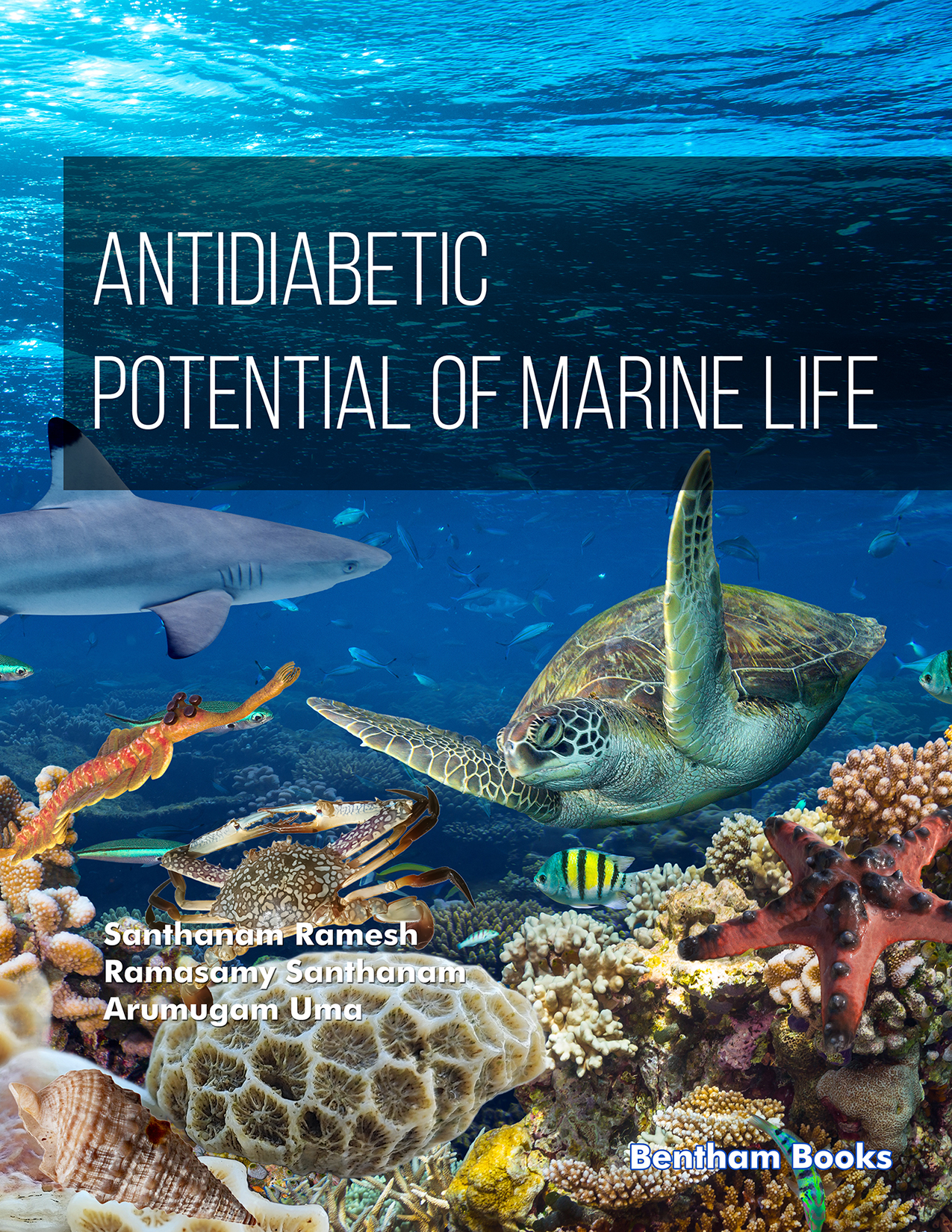Introduction
Medicinal Chemistry and Marine Life Volume 2: Antidiabetic Potential of Marine Life explores the vast antidiabetic potential of marine organisms, from microbes and macroalgae to invertebrates, fishes, and by-products like fish oils and chitosan. It highlights bioactive marine-derived molecules and lead compounds with proven or emerging antidiabetic activity, bridging insights from pharmaceutical and marine biology research.
Key Features:
- - Presents a comprehensive overview of marine-derived antidiabetic agents.
- - Discusses pharmacological mechanisms and lead molecule identification.
- - Explores therapeutic potential across diverse marine species and by-products.
- - Integrates interdisciplinary research from marine biology and pharmaceutical sciences.
- - Serves as the first consolidated reference on marine biota and diabetes management.
Target Readership: :
Ideal for researchers, students, and professionals in biomedical, pharmaceutical, marine, and fisheries sciences, as well as pharmaceutical industry experts developing novel marine-based drugs.

